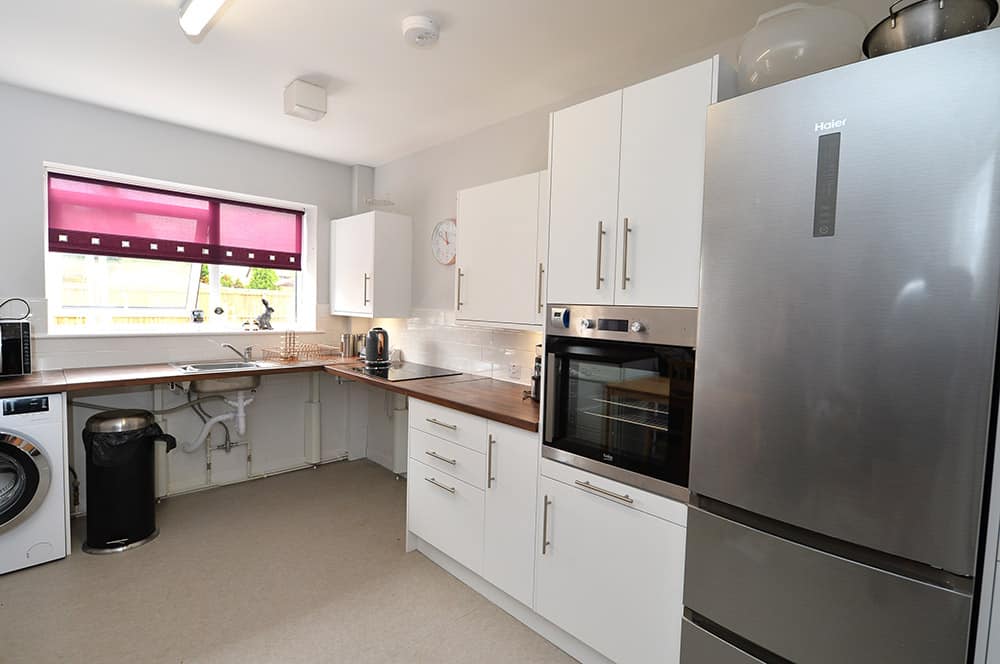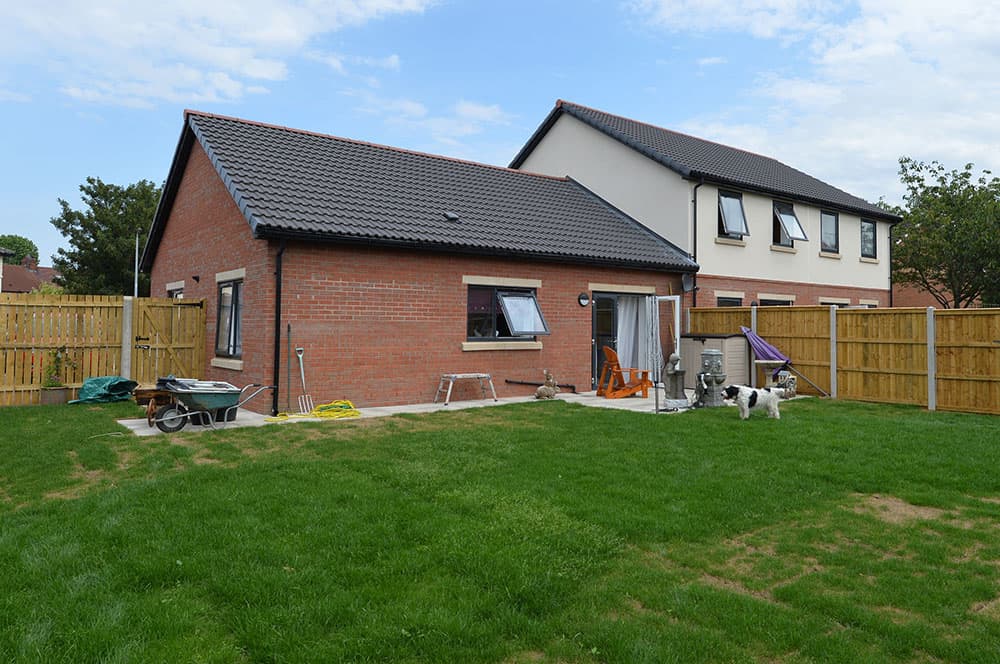New factsheet busts accessible housing myths and calls for better accessibility standards in new homes

Age UK and Habinteg have released a new campaigning factsheet, which calls for all new homes to be built to higher accessibility standards.
According to research from Age UK and Habinteg, there are currently 6.5 million people with mobility problems and 13.9 million disabled people in the UK. The organisations state that unless homes become more adaptable, future generations will be forced to ‘make do’ in homes that fail to meet their needs.
The new factsheet – ‘Home Truths – rebutting the 10 myths about building accessible housing’ – challenges the myths that delivering accessible housing is too costly, too difficult or simply undesirable for buyers.
An ageing population and increasing numbers of people with mobility problems means that new homes need to be accessible and adaptable to ensure that they work for everybody, supporting independence, health and wellbeing.
The accessible and adaptable standard for new homes that was introduced in 2015 is based on the Lifetime Homes Standard. It ensures a basic level of accessibility and adaptability through a range of features, such as level access and slightly wider doorways or bathroom walls that are strong enough to install a grab rail.
It ensures that if circumstances change – at whatever age – it would be much easier and cheaper to adapt homes.

Currently the accessible and adaptable standard (M4 (2) set out in building regulations Approved Document M, Volume 1) is optional, meaning that Local Planning Authorities have to make the case for requiring new homes in their area to be built to the standard. It also means that developers are able to challenge local authority requirements often based on cost arguments that do not stand up to scrutiny – as shown by UK Government research.
Findings from the Department for Communities & Local Government in 2016 revealed that only seven per cent of the UK’s existing housing stock has the most basic features that make homes visitable to disabled people and older people with restricted mobility.
Significant investment is needed to bring existing stock up to a basic standard that promotes health and independence, say Age UK and Habinteg. Introducing the accessible and adaptable standard for all new homes will also help reduce future costs.
As the UK Government increases its target for housebuilding, future-proofing the housing stock by enhancing the regulatory minimum standard makes sense for all parties including individuals and developers. It would create a level playing field and standardised requirements across the country for all homebuilders, add the organisations.
It will also help tackle other costs, for example by improving the speed of hospital discharge preventing or delaying costly moves to residential care, and keeping down the cost of adaptations for both individuals and local authorities.

Sheron Carter, Habinteg CEO said: “As a provider of accessible and inclusive housing for almost 50 years, Habinteg knows how big a difference it can make for older and disabled people to have a home that really suits their needs.
“An adaptable home and environment allows people to maintain connections with family and friends and stay active in their local community. The ability to move around the home and use its facilities with less effort brings dignity to life when things are changing. It helps people to retain their self-esteem and independence.
“It’s so important that we challenge misconceptions about accessible homes. They are just ordinary homes with accessible and adaptable features. Just a bit of thoughtfulness in design makes a huge difference. We hope that this Home Truths myth buster will be a useful tool for everyone who wants to push for homes that are good for every generation.”
Among the 10 myths being confronted by Age UK and Habinteg is that building to the accessible and adaptable standard is more expensive. A report commissioned by the Government estimated that it would only cost an extra £521 to build an average three-bedroom standard semi-detached house to the M4 (2) Standard with a further space cost of £866 – £1,387 per dwelling.
In the long run, accessible and adaptable homes save money because they help reduce demand on the NHS and care services and make it easier to remain healthy and independent.

Age UK and Habinteg are jointly calling for:
- Regulation to ensure that all new homes are built to accessible adaptable standard (Category 2) as a minimum.
- 10 per cent of new homes to be built to wheelchair accessible standards.
- In the interim, the Government to amend planning rules to protect the discretion of local authorities to decide the number of accessible homes built in their area.

